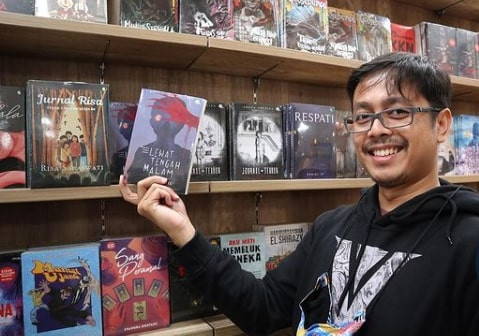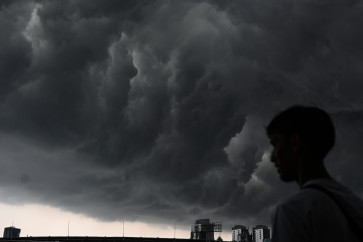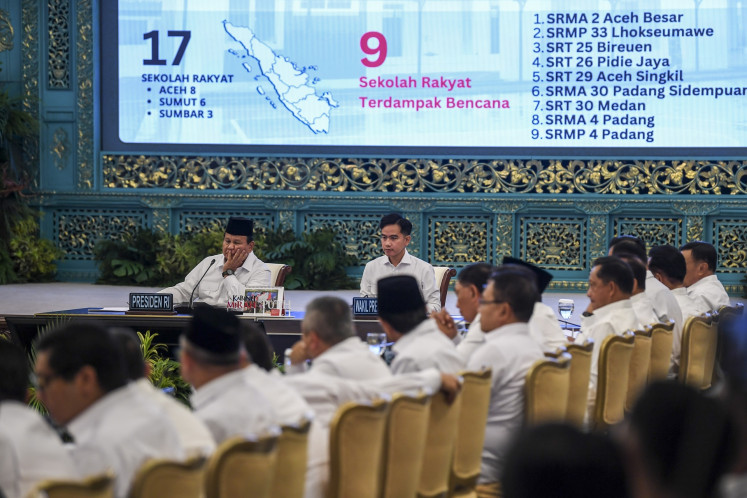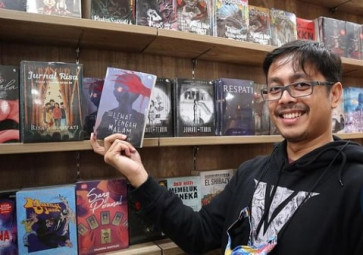Popular Reads
Top Results
Can't find what you're looking for?
View all search resultsPopular Reads
Top Results
Can't find what you're looking for?
View all search resultsPadepokan Ragasukma: Introducing ‘Pendekar’ comics to new generation
Change text size
Gift Premium Articles
to Anyone
M
artial arts comic books were once a cultural phenomenon in Indonesia, now a collective of young artists is trying to revive the genre by putting a new spin on it.
At a paseban (royal hall) a large, muscular man with long black hair and gold armor on his chest and shoulders is kneeling in front of the throne where Tribuwana Wijaya Tunggadewi, the third Majapahit monarch and the first woman in Javanese history to hold such a high position, sits. The mysterious man has just delivered a historic oath called “Sumpah Palapa”, in which he swears by his premonition that a war will take place and that peace will only materialize under a leader who devotes themselves to the land - a leader whose name is written in the holy book in the sky.
Yet 60 years before “Sumpah Palapa'' took place, a special force comprising eight powerful soldiers called Astra Brata (Sanskrit, meaning eight natural elements symbolizing true leadership) was sent from above to “straighten up history”. In the deep, dark jungle of Alas Tumpang, the border of Singosari (13th Century Javanese Hindu-Buddhist kingdom in East Java), a powerful man who can turn himself into a sabertooth-like creature was taken by four of these soldiers, claiming that they “had come earlier” than they were supposed to.
That is the plot of the first edition of Guardians of Majapahit, a comic book produced by Padepokan Ragasukma, a collective of Indonesian comic artists who grew up reading the story of pendekar (warriors or martial artists). These writers are hoping to keep the legacy alive by engaging young artists to create a more contemporary take on a genre that has fallen out of favor with younger generations.
Indonesian comic books began as early as the 1950s, with the 1960 and 1970s often being referred to as the “golden era”, thanks to the appearance of iconic characters such as Si Buta Dari Gua Hantu (The blind man from the ghost cave), Jaka Sembung, Gundala Putra Petir, Godam and many more. A lot of these stories became wildly popular and ended up being adapted into TV series or even on the big screen.
While some were clearly influenced by the western superhero fare of DC and Marvel, titles such as Si Buta Dari Gua Hantu, Jaka Sembung and later, Wiro Sableng, leant more toward the pencak silat (martial art form) genre, which is characteristically Indonesian in nature.
Sweta Kartika, one of the founders of Padepokan Ragasukma who grew up with those comics, recalls what made them so special.



















